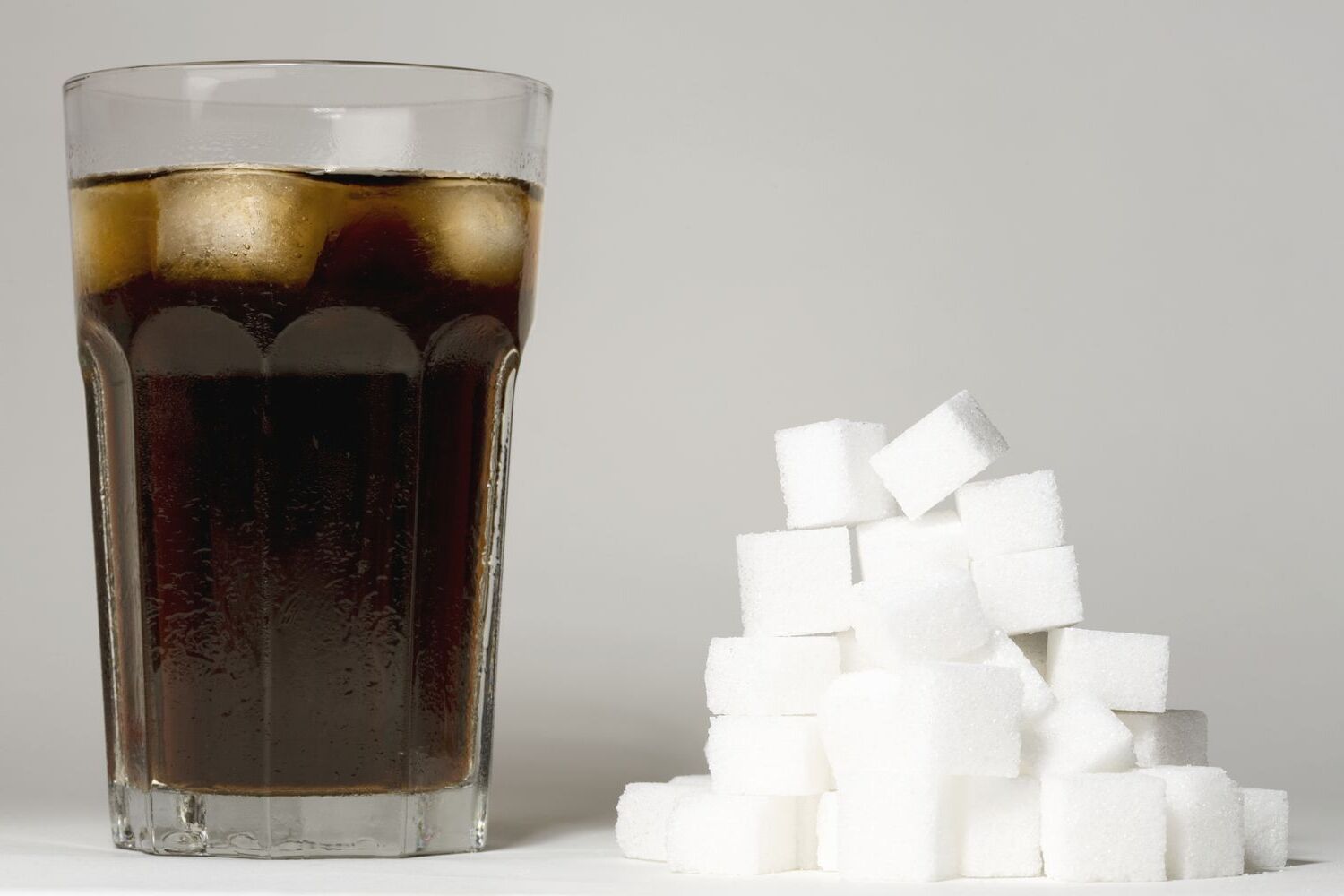
Ever wondered how much sugar lurks in your favorite foods? Sugar is everywhere, from your morning cereal to that afternoon soda. But do you really know how much you're consuming daily? Understanding sugar content can help you make healthier choices and avoid hidden sugars that sneak into your diet. This blog post will reveal 20 surprising facts about sugar content in common foods, helping you become a savvy sugar detective. Whether you're trying to cut back or just curious, these facts will open your eyes to the sweet truth. Ready to get started? Let's dive into the sugary details!
Sugar in Everyday Foods
Sugar is everywhere, often hidden in plain sight. From breakfast cereals to sauces, it sneaks into our diets in surprising ways. Here are some eye-opening facts about sugar content in everyday foods.
-
Ketchup: A single tablespoon of ketchup contains about one teaspoon of sugar. That’s a lot for such a small serving!
-
Yogurt: Many flavored yogurts have more sugar than a candy bar. Some can contain up to 6 teaspoons of sugar per serving.
-
Bread: Even whole wheat bread can have added sugar. Some brands add up to 2 teaspoons per slice.
-
Salad Dressings: Store-bought salad dressings often contain hidden sugars. A two-tablespoon serving can have up to 2 teaspoons of sugar.
-
Granola Bars: Marketed as healthy snacks, many granola bars pack in the sugar. Some have as much as 3 teaspoons per bar.
Sugary Drinks
Beverages are one of the biggest sources of added sugar in our diets. From sodas to fruit juices, these drinks can be sugar bombs.
-
Soda: A single can of soda can contain up to 10 teaspoons of sugar. That’s more than the daily recommended limit for adults.
-
Fruit Juice: Even 100% fruit juice can be high in sugar. An 8-ounce glass of apple juice has about 6 teaspoons of sugar.
-
Energy Drinks: These drinks are often loaded with sugar. A 16-ounce energy drink can have up to 14 teaspoons of sugar.
-
Sweetened Coffee: Fancy coffee drinks can be sugar traps. Some flavored lattes contain up to 12 teaspoons of sugar.
-
Sports Drinks: Marketed for athletes, these drinks can be high in sugar. A 20-ounce bottle can have up to 9 teaspoons of sugar.
Sugar in Snacks and Desserts
Snacks and desserts are obvious sources of sugar, but the amounts can still be shocking. Here’s what you need to know.
-
Cookies: Just one large cookie can contain up to 4 teaspoons of sugar. Eating a few can quickly add up.
-
Ice Cream: A single scoop of ice cream can have up to 5 teaspoons of sugar. Toppings can add even more.
-
Candy Bars: A standard candy bar can contain up to 7 teaspoons of sugar. That’s a lot for a small treat.
-
Cakes and Pastries: A slice of cake or a pastry can have up to 10 teaspoons of sugar. Frosting adds even more.
-
Dried Fruit: While fruit is healthy, dried fruit can be misleading. A small handful can contain up to 4 teaspoons of sugar.
Hidden Sugars in Unexpected Places
Sugar isn’t just in sweet treats. It’s often added to savory foods and other unexpected places.
-
Pasta Sauce: Many jarred pasta sauces contain added sugar. A half-cup serving can have up to 2 teaspoons of sugar.
-
Canned Soup: Some canned soups have surprising amounts of sugar. A single serving can contain up to 3 teaspoons.
-
Peanut Butter: Not all peanut butter is created equal. Some brands add up to 2 teaspoons of sugar per serving.
-
Breakfast Cereals: Even cereals marketed as healthy can be sugar-laden. Some have up to 5 teaspoons of sugar per serving.
-
Condiments: Many condiments like barbecue sauce and sweet relish contain added sugars. A small serving can have up to 3 teaspoons.
Understanding sugar content in everyday foods can help make healthier choices. Keep an eye on labels and be mindful of hidden sugars.
Sweet Truths About Sugar
Understanding sugar content in foods can help make healthier choices. Knowing that a single can of soda can have up to 10 teaspoons of sugar or that flavored yogurts often contain more sugar than a doughnut can be eye-opening. Reading labels and being aware of hidden sugars in processed foods is crucial. Natural sugars in fruits and vegetables come with fiber and nutrients, making them a better option. Reducing sugar intake can improve energy levels, mood, and overall health. Small changes, like swapping sugary drinks for water or choosing whole fruits over sweets, can make a big difference. Remember, moderation is key. By being mindful of what you eat, you can enjoy the sweet things in life without overdoing it. Stay informed, make smart choices, and your body will thank you.
Was this page helpful?
Our commitment to delivering trustworthy and engaging content is at the heart of what we do. Each fact on our site is contributed by real users like you, bringing a wealth of diverse insights and information. To ensure the highest standards of accuracy and reliability, our dedicated editors meticulously review each submission. This process guarantees that the facts we share are not only fascinating but also credible. Trust in our commitment to quality and authenticity as you explore and learn with us.


